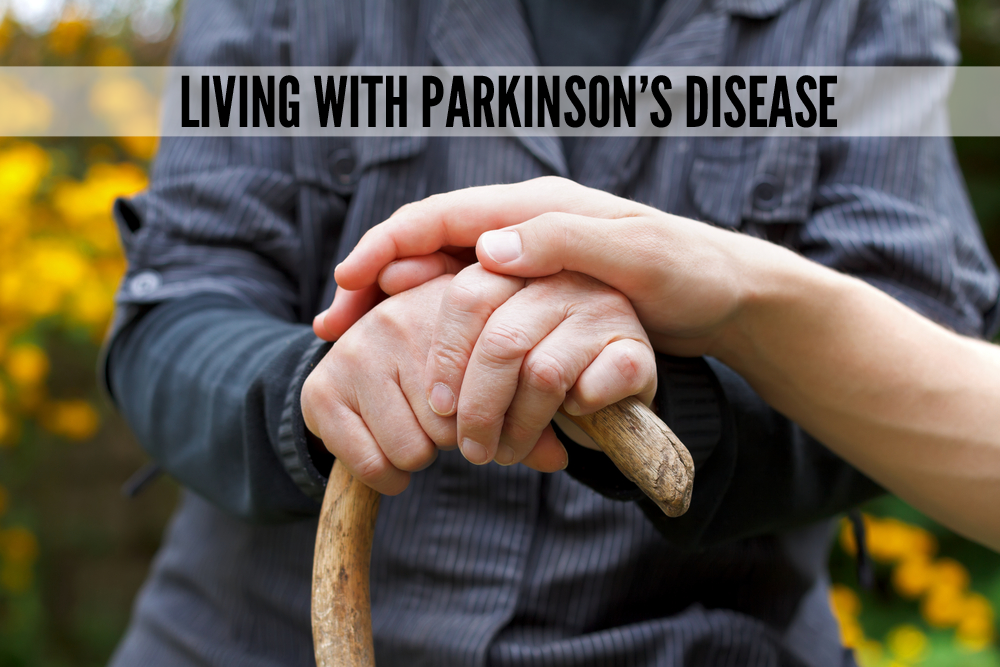Living with Parkinson's and Famous Examples of the Disease Regenerate response
 |
| Parkinson's Disease // |
Parkinson's disease (PD) is a progressive neurodegenerative disorder that affects the nervous system, causing a range of motor and non-motor symptoms. PD is characterized by the degeneration of dopamine-producing neurons in the brain, leading to a deficiency of this neurotransmitter. Dopamine is a chemical that helps regulate movement, mood, and cognition, and its loss can cause a range of symptoms, including tremors, stiffness, and balance problems.
* Symptoms of Parkinson's Disease
The symptoms of Parkinson's disease vary widely from person to person, and can include both motor and non-motor symptoms. The classic motor symptoms of PD include tremors, stiffness, and bradykinesia (slowness of movement). Other motor symptoms can include:
> Postural instability : This is a loss of balance that can cause falls.
> Rigidity : This is a stiffness in the limbs and trunk, making it difficult to move.
> Akinesia : This is a difficulty in initiating movement, which can lead to freezing.
> Dyskinesia : This is an involuntary movement that can occur as a side effect of long-term medication use.
* Non-motor symptoms of PD can include
> Depression : This is a common symptom of PD and can often be overlooked.
> Anxiety : Anxiety can be a result of PD or can be a side effect of medication.
> Sleep disturbances : People with PD often have difficulty sleeping and may experience nightmares, insomnia, or excessive daytime sleepiness.
> Cognitive impairment : This can range from mild cognitive changes to dementia.
> Autonomic dysfunction : This is a dysfunction of the autonomic nervous system, which can cause a range of symptoms such as orthostatic hypotension (a drop in blood pressure upon standing), constipation, and sexual dysfunction.
* Causes of Parkinson's Disease
The exact cause of Parkinson's disease is not known, but researchers believe that a combination of genetic and environmental factors may play a role. Genetic factors may contribute to PD, but only a small percentage of cases are thought to be directly inherited. Environmental factors, such as exposure to toxins like pesticides, herbicides, and heavy metals, have also been implicated in the development of PD.
* Diagnosis of Parkinson's Disease
There is no definitive test for Parkinson's disease, and the diagnosis is typically made based on a thorough neurological examination and a review of the person's medical history. The doctor will look for the classic motor symptoms of PD, such as tremors, rigidity, and bradykinesia. The doctor may also order imaging tests, such as an MRI or CT scan, to rule out other conditions that may have similar symptoms.
* Treatment of Parkinson's Disease
There is no cure for Parkinson's disease, but there are treatments that can help manage symptoms and improve quality of life. Medications that increase dopamine levels in the brain, such as levodopa, are the mainstay of treatment for PD. Other medications that can be used to manage symptoms include dopamine agonists, which mimic the effects of dopamine in the brain, and anticholinergic drugs, which can help reduce tremors and rigidity.
In addition to medication, physical therapy and exercise can also be helpful in managing PD symptoms. Physical therapy can help improve mobility and balance, while exercise can help improve overall physical fitness and reduce the risk of falls.
 |
| Parkinson's Disease // Freepik |
R E A D : Bird Flu Spreads Globally, Threatening Poultry Supply and Public Health
* Examples of Parkinson's Disease
Many famous people have been diagnosed with Parkinson's disease, including actor Michael J. Fox, boxer Muhammad Ali, and musician Neil Diamond. These celebrities have helped to raise awareness about PD and to inspire others who are living with the disease.
example of how PD can affect someone's life is that of Linda Ronstadt, a famous singer who was diagnosed with PD in 2012.
Another example of Parkinson's disease is that of former US Attorney General Janet Reno. Reno was diagnosed with PD in 1995 and continued to serve as Attorney General until 2001. She was known for her toughness and dedication to public service, despite her struggles with PD.
In addition to these high-profile examples, there are millions of people around the world living with Parkinson's disease. PD can affect anyone, regardless of age, gender, or background. It is estimated that approximately 1 million people in the United States and 10 million people worldwide are living with PD.
* Living with Parkinson's Disease
Living with Parkinson's disease can be challenging, but it is important to remember that there are many resources available to help manage the condition. Support groups, counseling, and therapy can all be helpful in coping with the emotional and psychological effects of PD.
It is also important to maintain a healthy lifestyle, including regular exercise, a balanced diet, and good sleep habits. Staying active and engaged in hobbies and interests can also help improve quality of life and reduce stress.
Parkinson's disease is a progressive neurodegenerative disorder that can cause a range of motor and non-motor symptoms. While there is no cure for PD, there are treatments and resources available to help manage symptoms and improve quality of life. It is important for people with Parkinson's disease and their loved ones to educate themselves about the condition and to seek out support and resources as needed.
R E A D : Danger Signs and Risk Factors for Mental Health Issues: What to Look Out For

No comments:
Post a Comment